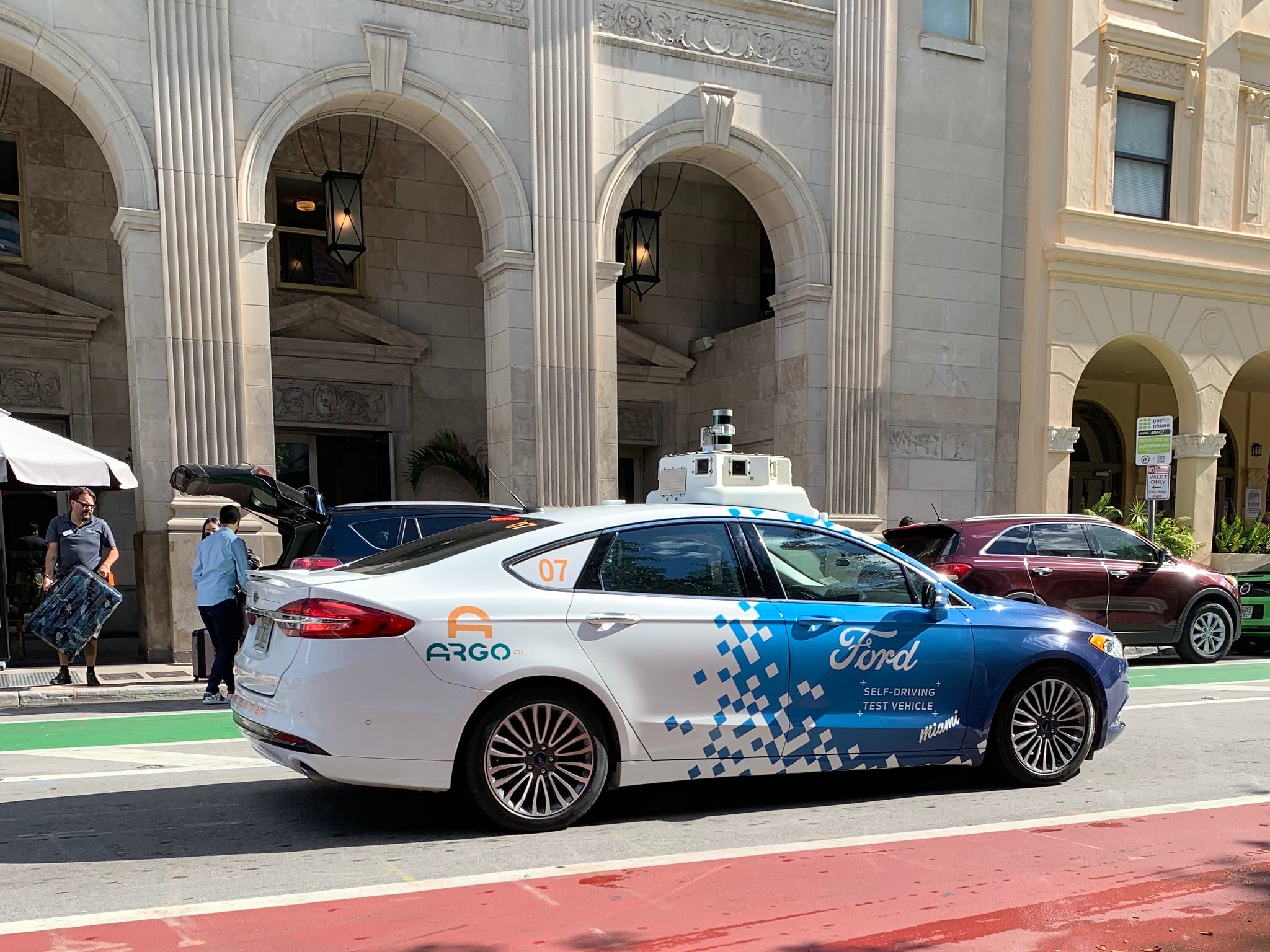They're robocars on steroids!
The National Association of City Transportation Officials officials is crying foul as two of America's largest automakers try to weasel past federal safety standards to deploy autonomous vehicles without any human safety controls on our roads.
In letters to federal regulators, NACTO is opposing petitions by Ford and General Motors for an exemption that would let the companies annually field 2,500 Automated Driving System vehicles without steering wheels, brake pedals and mirrors — that is, the controls that lets humans take over if the high-tech machinery goes haywire. The cars would be used for ride sharing and delivery services and wouldn't be sold directly to consumers, the companies said.
The feds should deny the petitions until the companies can provide evidence or data their ADS vehicles are "at least equal to the overall safety level of a compliant vehicle driven by a reasonably prudent, licensed driver," NACTO Executive Director Corinne Kisner wrote to the National Highway Transportation Safety Administration.
The companies "must not only establish that the controls, telltales, and devices aren’t needed for vehicles controlled by an ADS, but also prove that the ADS can successfully respond in a manner at least as safe as a nonexempt vehicle with a human driver would" — and neither company provided any evidence or data to support those assumptions, Kisner wrote.
NACTO demanded that NHTSA develop new, appropriate standards for AVs because using the existing Federal Motor Vehicle Safety Standards to regulate the safety of newfangled AVs on urban streets doesn't work. NACTO's "Blueprint for Autonomous Urbanism," already in its second edition, sets out standards to do that in ways that won't lead to more road deaths and the destruction of cities.
"The current federal vehicle safety standards were created under the basic assumption that there's a difference between the vehicle and the driver," said Kate Fillin-Yeh, director of strategy for NACTO. "But with AVs, the vehicle and driver are one and the same. That means NHTSA has to update its regulatory framework to ensure that the vehicle — and the software that drives it — work the way they are supposed to do safely and consistently. NHTSA needs to restart its stalled rulemaking in order to define, assess, and manage the safety of ADS performance, and must ensure city leaders with direct experience hosting AV testing on their streets have a seat at the table. This 'regulation-by-exemption' approach that has filled the void makes a murky marketplace even harder to understand, and doesn't make anyone safer."
Automakers for years have tried to get more AVs on American streets even as evidence mounts that the machines aren't as smart as the companies think they are and pose a danger to pedestrians and other vulnerable road users. At the same time, they've sold not-quite-driverless-but-still-advanced vehicle technology (think: pedestrian-avoidance systems and autonomous emergency braking) as pricey add-ons to luxury vehicles without providing much safety data — especially for people that the drivers of semi-automated cars might strike.
Federal reporting has lagged: Until June 2021, the NHTSA didn't even require automakers to report when their tech featured in a crash — even as about 92 percent of new cars sold today offer at least one such technology,
So it wasn't that surprising when a recent federal report found that vehicles equipped with advanced vehicle automation systems are involved in far more crashes than regulators knew.
In June, an NHTSA analysis found that automakers reported 392 crashes — six fatal, five with serious injuries — in 11 months among motorists who used “advanced driver assistance systems” within 30 seconds of an impact. Those were such advanced systems as adaptive cruise control and pedestrian detection, which automatically control driving tasks including steering, acceleration, and stopping a car (although with a driver behind the wheel). More sophisticated automation systems, such as “driverless” taxis, crashed 130 times and hurt 11 vulnerable road users such as walkers and bikers, according to the report.
Elected officials and advocates demanded more oversight and data to give regulators a clearer picture of the emerging technology on U.S. roads.
Ford said its "petition is an important step toward helping create a regulatory path that allows autonomous technologies to mature over time, eliminating controls and displays that are only useful to human drivers," according to Reuters.






